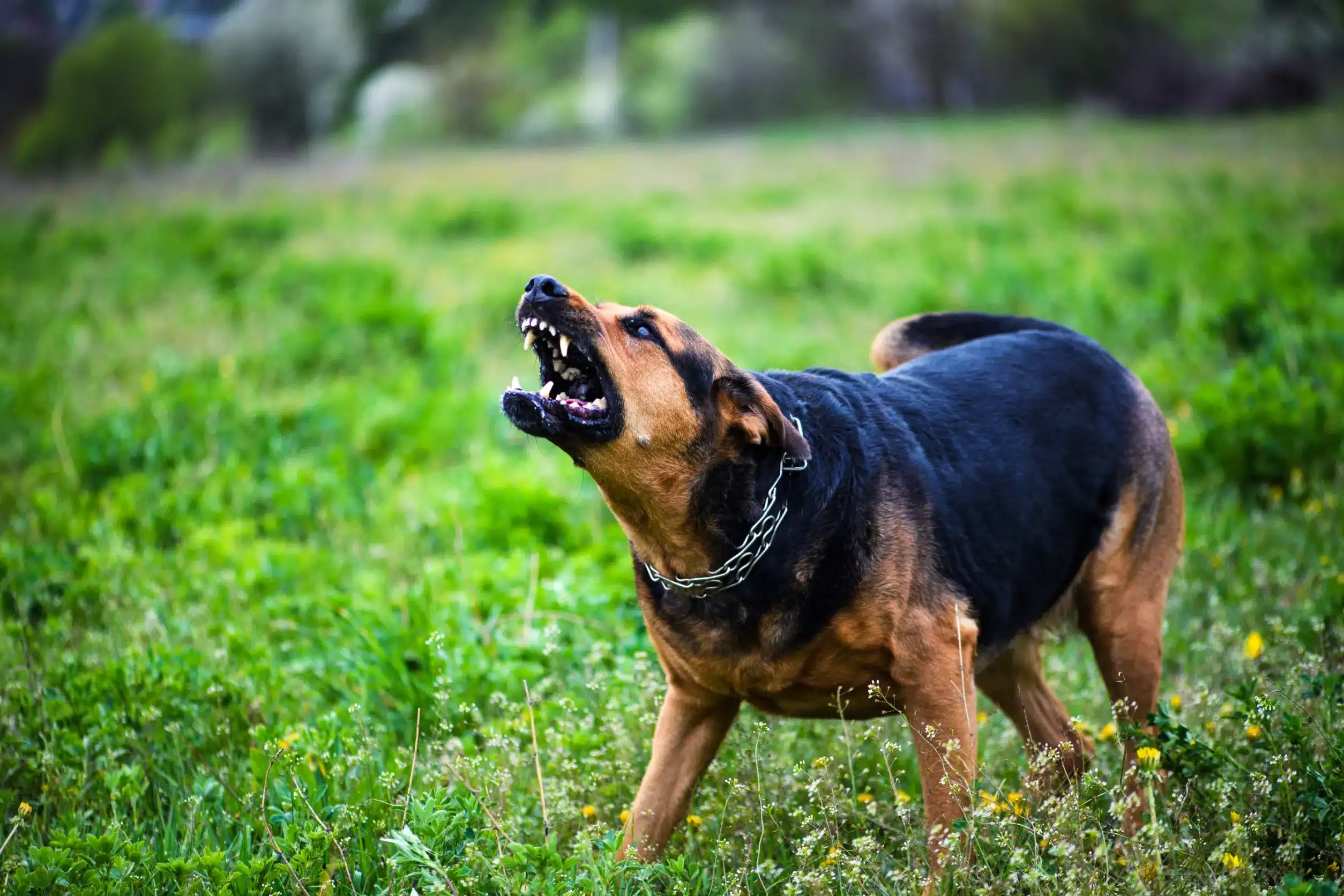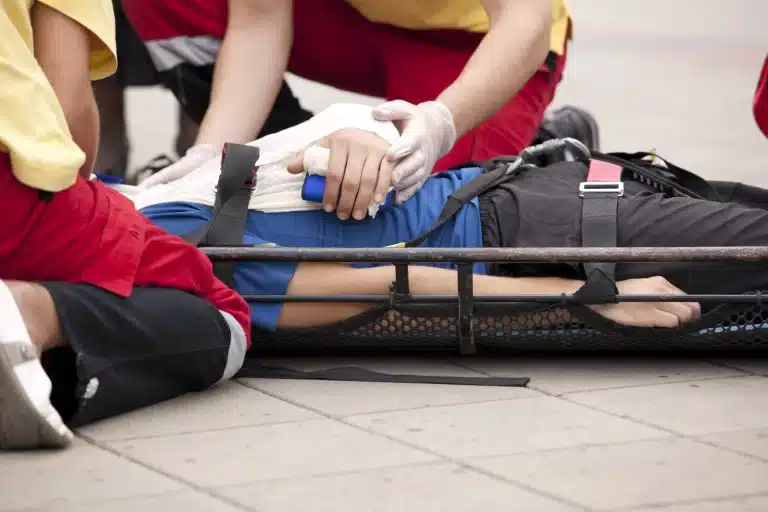Safety Tips to Avoid Dog Bites in Florida
How to Prevent Dog Bite Incidents in Florida
Living in Florida exposes residents and visitors to diverse interactions with dogs, whether in parks, neighborhoods, or beaches. Knowing how to avoid dog bites is crucial for enjoying the outdoors safely. Our Florida dog bite attorneys offer practical tips to help you stay safe around dogs by understanding their behavior and knowing how to react in potentially risky situations.
Be Alert and Aware
Being mindful of your environment is the first step in avoiding dog bite incidents. Here’s what you can do:
- Stay alert: Always look and listen for signs of dogs in your vicinity.
- Be aware of your surroundings: Knowing the presence of dogs can help you avoid surprises.
Understand and Interpret Dog Body Language
Recognizing a dog’s body language is key to identifying early warning signs of discomfort or aggression, which can help you avoid potentially becoming the victim of a dog attack. Here are detailed explanations of common aggressive cues to watch for:
- Wrinkled Muzzle and Exposed Teeth: When a dog shows its teeth and the muzzle appears wrinkled, it is often a display of aggression. This is a clear sign that the dog feels threatened or is ready to defend itself and you should maintain distance.
- Tense Facial Muscles: A dog with a tense facial expression, especially around the eyes and mouth, indicates stress or fear. This tension can escalate quickly to aggressive behaviors if the dog feels further threatened.
- Hair on the Back Standing Up: Also known as piloerection, this occurs when the hair on a dog’s back stands up. This is a physiological response to adrenaline and signifies that the dog is very aroused and possibly feeling aggressive or frightened.
- Freezing and Holding Breath: If a dog suddenly stops all movement and seems to hold its breath, it is bracing for what it perceives as an imminent threat. During this freeze, any movement towards the dog can be perceived as a threat and may trigger a defensive reaction.
- Hard and Direct Stare: Dogs staring directly with a hard gaze can indicate an impending challenge or attack. In dog language, a direct stare is often considered a threat or challenge to another dog or person. It’s best to avoid returning the stare, as this can be perceived as an escalation.
- Tail Up and Held Rigid: While a wagging tail is often associated with happiness, a tail that is up and rigid is a sign of an alert and potentially aggressive dog. This tail position often indicates that a dog is assessing a situation and may act aggressively if provoked.
Understanding these signs can greatly aid in preventing unwanted interactions and bites. Knowing when a dog is showing signs of aggression or discomfort allows you to react appropriately, helping to ensure both your safety and the safety of the dog.
Approach Dogs Correctly
When interacting with dogs, especially those you’re unfamiliar with, your body language can also affect their reaction:
- Soften your eyes: Avoid staring directly into a dog’s eyes as this can be perceived as a challenge.
- Open your mouth slightly: This makes your facial expression softer and less threatening.
- Angle your body: Facing a dog directly can seem aggressive; turn slightly to the side.
- Breathe and relax your posture: Showing calmness can reassure a dog.
Reacting to an Approaching Dog
If an unknown dog approaches you, managing your response is crucial to preventing the situation from escalating into an aggressive encounter. Here are strategies to handle such situations effectively:
- Remain Calm: It’s essential to control your own fear and anxiety when a dog approaches. Dogs can sense panic, which may stimulate their instinct to dominate or chase. By keeping your emotions in check, you present yourself as less of a threat.
- Don’t Run or Scream: Running or making loud noises can activate a dog’s natural chase response. Instead of fleeing, maintain your ground calmly. Running away can provoke even a non-aggressive dog to pursue you as if you were prey.
- Stay Still and Avoid Eye Contact: Staying motionless can be an effective strategy to discourage further interest from a dog. Avoid direct eye contact, which dogs often perceive as a challenge or threat. Instead, keep your eyes down and slowly turn your body sideways to appear less threatening.
These steps help signal to the dog that you are not a threat and typically lead them to lose interest. Adopting a passive and non-confrontational posture increases your safety and decreases the likelihood of triggering an aggressive response.
Florida Civil Counsel, P.A.: Florida Dog Bite Attorneys
Living in Florida offers the unique pleasure of frequent outdoor activities where interactions with dogs are common. Whether you’re walking through your neighborhood, visiting a park, or relaxing at the beach, understanding how to prevent dog bite incidents is essential. Remember, your safety begins with awareness and understanding. By adopting the techniques discussed, such as reading a dog’s body language and knowing how to react when approached by a dog, you can enjoy your outdoor experiences with greater confidence and peace of mind. If you ever find yourself in need of assistance or legal advice following a dog bite, our team of dedicated dog bite attorneys are here to help. Stay safe and enjoy the beautiful Florida outdoors responsibly!






